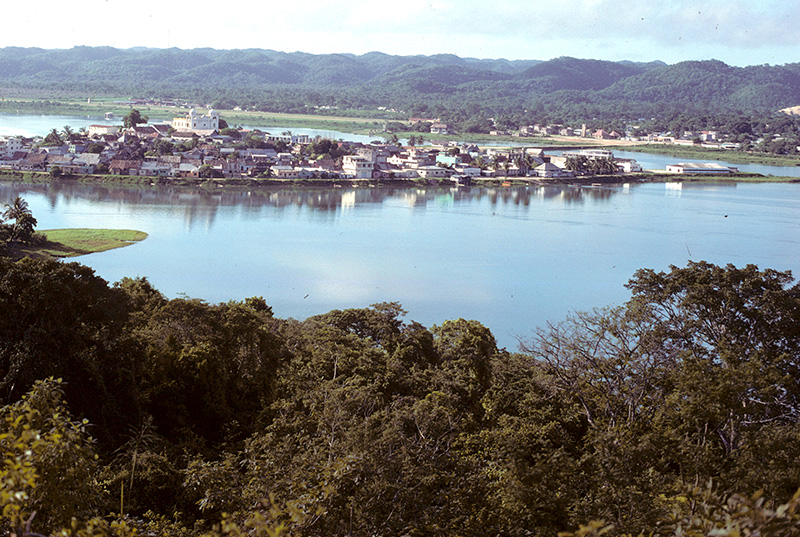Tayasal is a pre-Columbian Maya archaeological site that dates to the Postclassic period. The site is located in the southern Maya lowlands on a small island in Lake Peten Itza, now part of the Department of Peten in northern Guatemala.
Tayasal was the capital of one of the last independent Maya polities to be subdued by the Spanish conquistadores and colonizers, which, along with Zacpeten, the capital of the Ko'woj Maya and Eixequil, the Yalnain capital, occurred in 1697.
As an archaeological site it has been almost completely compromised by the destruction and rebuilding undertaken on the island by the Spanish after its fall. The capital city of the modern Peten department, Flores, has been built over the island and the nearby shores of the lake.
The Itza left the Yucatan region in the 13th century and built the city later known as Tayasal as their capital. They called it Noh Peten, or literally "City Island". It was also called Tah Itza, or Place of the Itza.It was here on the island of Flores on the shore of Lake Peten Itza the last independent state of the Maya civilization held out against the onslaught of the Spanish conquerors.
In 1541, Hernan Cortes came to the island, on route to Honduras, but needed to move on and did not try to conquer it, due to its excellent defensive position.
The Spanish did not manage to conquer the island until 1697, after several attempts, that begun in 1629, when they marched in, from Corozal in Belize, Yucatan and Alta Verapaz, attacked via boats and destroyed it. Those who could do so fled and many Itza people hid in the jungle for years. From the structures of Noh Peten, were constructed the Roman Catholic church and municipal buildings in the city of Flores.

